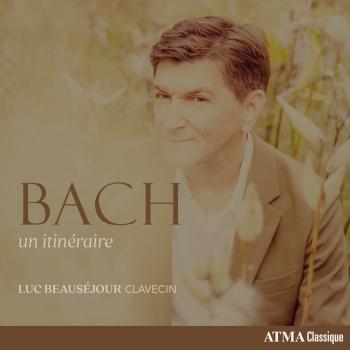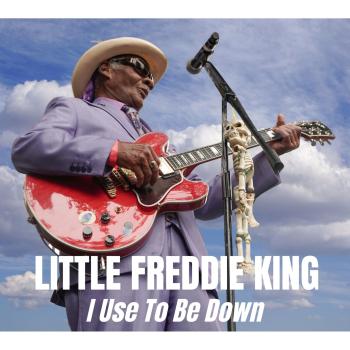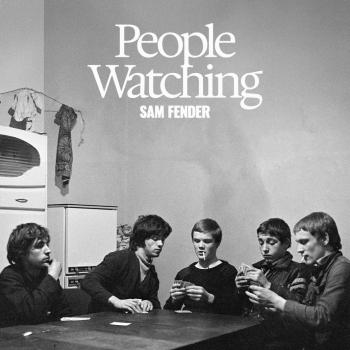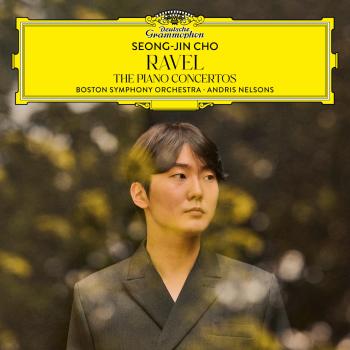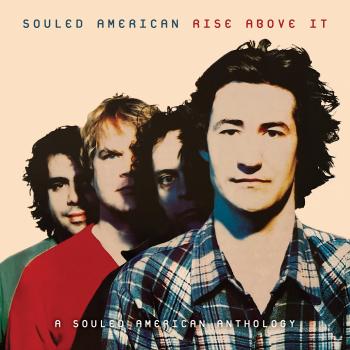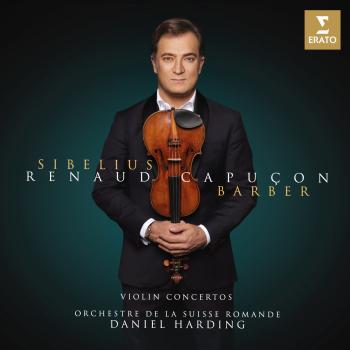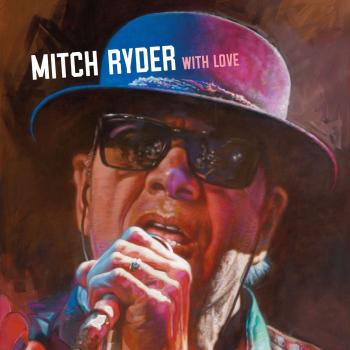
Apologues Masayoshi Fujita
Album Info
Album Veröffentlichung:
2015
HRA-Veröffentlichung:
09.09.2015
Label: Erased Tapes
Genre: Ambient
Subgenre: Easy Listening
Interpret: Masayoshi Fujita
Komponist: Masayoshi Fujita
Das Album enthält Albumcover
- 1 Tears of Unicorn 05:51
- 2 Moonlight 04:57
- 3 Swallow Flies High in the May Sky 05:01
- 4 Beautiful Shimmer 04:06
- 5 Flag 04:07
- 6 Knight and Spirit of Lake 06:46
- 7 Puppet's Strange Dream Circus Band 04:20
- 8 Requiem 04:42
Info zu Apologues
Nur wer Masayoshi Fujita nicht kennt, läuft Gefahr, das Vibraphon auf ein atmosphärisches Begleitinstrument zu reduzieren. Der japanische, in Berlin lebende Vibraphonist und Komponist, auch bekannt als el fog, lässt traditionelle Vibraphon-Techniken und -Stile hinter sich, indem er sein Instrument mit Metallstücken, Alufolie und anderen Objekten präpariert und so ätherische und überlagernde Klänge erzeugt, die das Spektrum des Vibraphons erweitern, ohne dessen Charakter zu zerbrechen.
Für sein auf Erased Tapes veröffentlichtes zweites Album 'Apologues' verwendete Fujita neben seinem Hauptinstrument erstmals auch Cello, Geige, Flöte, Klarinette, Horn, Klavier, Akkordeon und Trommel. Diese Klangerzeuger wurden von Freunden eingespielt, aber von Fujita arrangiert. Zusätzlich zu den Schlägeln spielt Fujita das Vibraphon häufig mit einem Geigen- oder Cellobogen, hörbar in den Titeln 'Tears Of Unicorn' und 'Knight And Spirit Of Lake'. Außerdem platziert er, wie zum Beispiel in den Stücken 'Moonlight' und 'Swallow Flies High In The May Sky', Perlenketten auf den Metallplatten, und erzeugt so ein Ambient-Flirren.
„Melodic constellations so impeccably gorgeous that they ache.“ (Pitchfork)
„Listening to it feels like the endless days of summer.“ (Indie Shuffle)
„Such a heavenly piece of music.“ (Mary Anne Hobbs, BBC 6 Music)
Masayoshi Fujita, Vibraphon, alle Instrumente
Masayoshi Fujita
His route to Berlin was a roundabout one. Introduced to music via Bon Jovi, his first stint abroad naturally took him to the motherland of rock, the United States. After a year in the USA, he returned to Japan to study film. His love for movie making, however, proved less pronounced than his admiration for Bon Jovi, a band he can still quote and sing from memory. He decided to learn how to play the drums, followed by extensive vibraphone training to craft and play his own, mostly jazz and electronic-influenced compositions. Determined not to stick to traditional vibraphone styles or techniques, Masayoshi started to prepare his instrument with pieces of metal, strips of foil and similar objects. The resulting new sounds, akin to distortions, help to expand the vibraphone spectrum without eroding the instrument’s intrinsic character or even abandoning it altogether. Besides his extremely reduced and deliberate style of playing, it is this aural redefinition that makes Masayoshi Fujita’s craft so remarkable and noteworthy in my eyes. Literally caught in his spell, it was a delight and privilege to accompany his play. On a different note, Masayoshi’s wood prints should not go unmentioned. The cover and booklet of Bird, Lake, Objects present concise, abstract and monochrome landscapes and thus a visual complement to his music.
Dieses Album enthält kein Booklet

